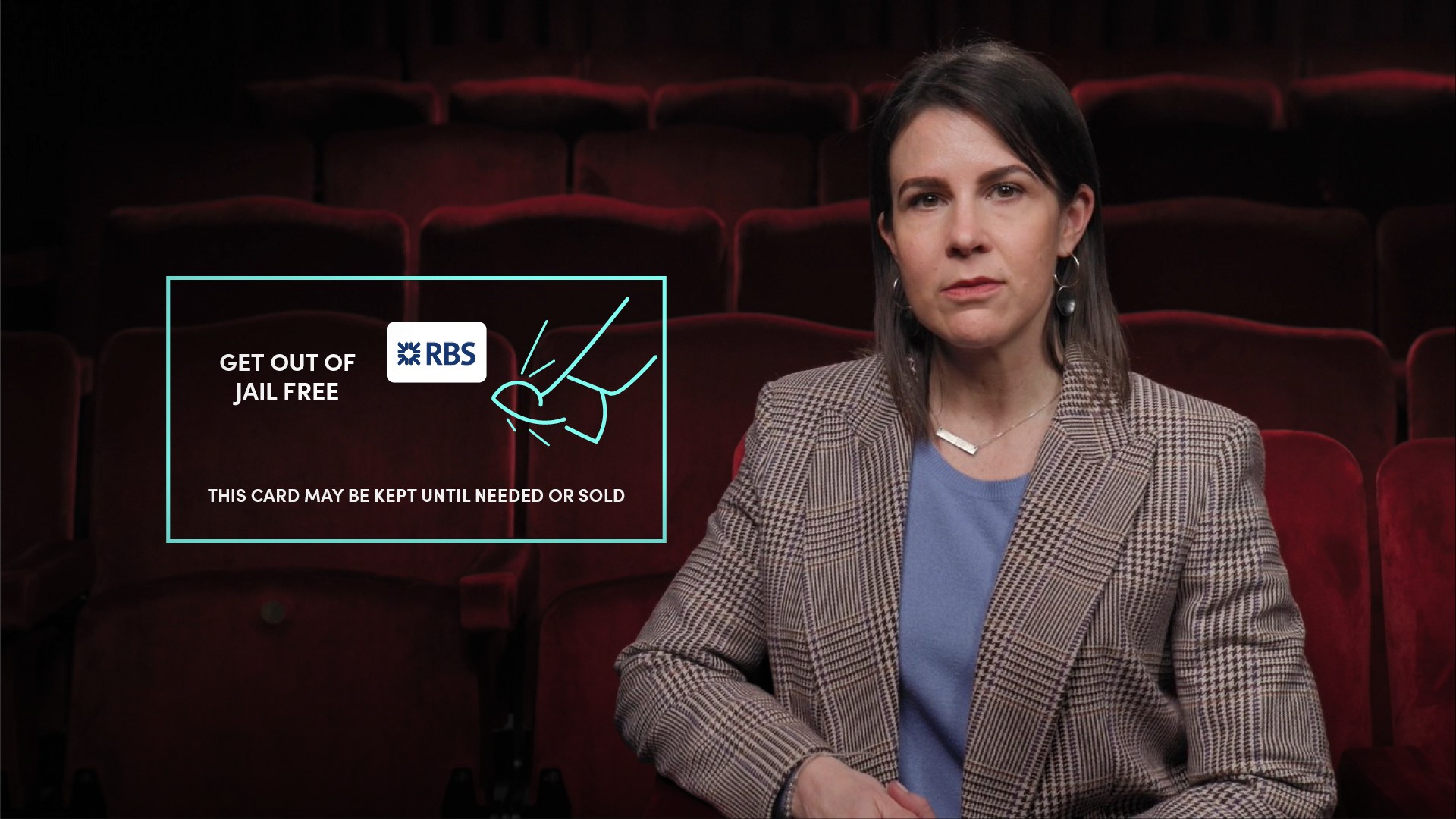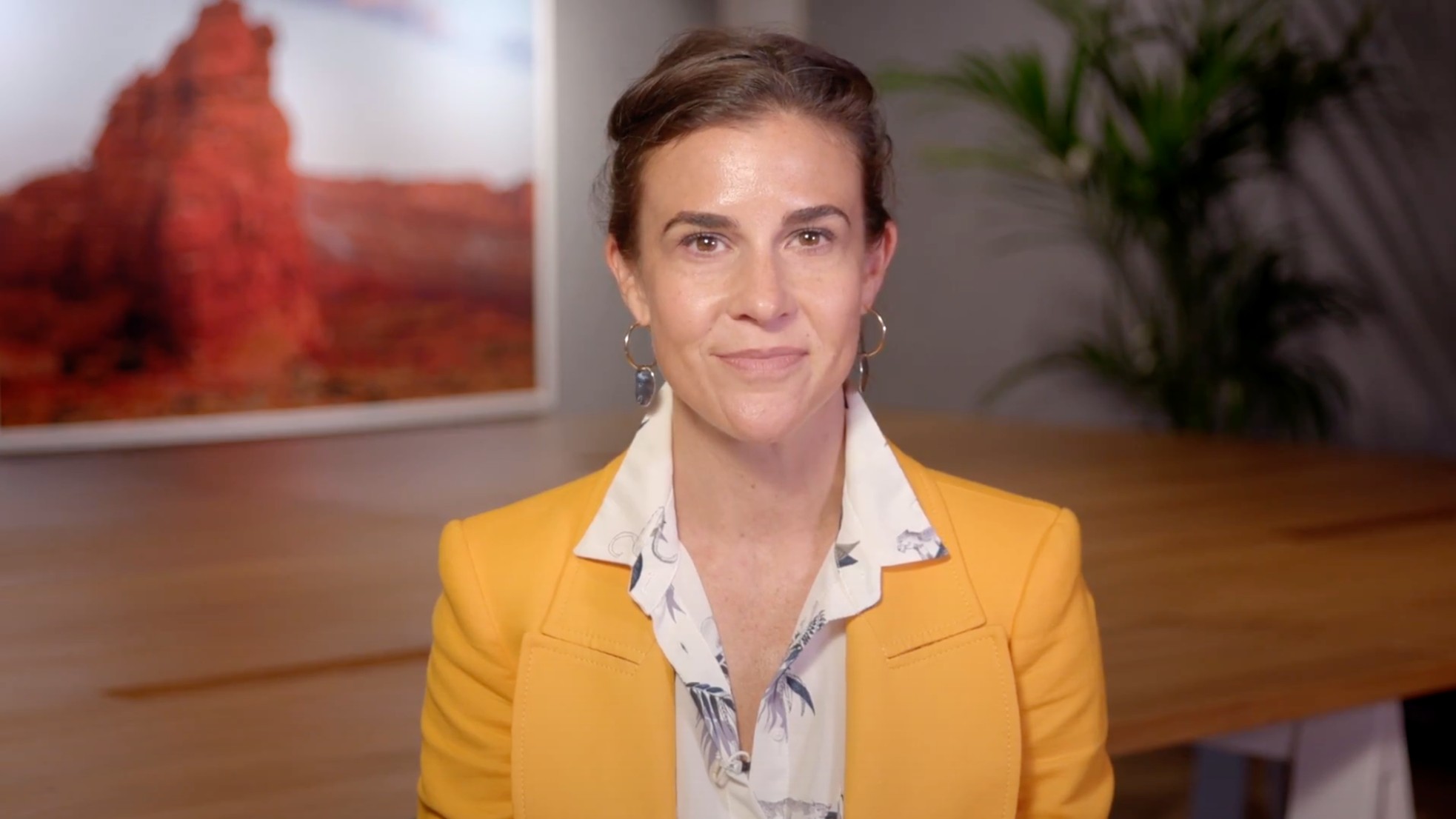
The Rise and Fall of RBS II

January Carmalt
20 years: Research & banking
In the decade plus since its collapse, RBS losses tally over £46bn. These stem from not just ABN AMRO, but other acquisitions including Charter one, Ulster bank, Sempra and other global wholesale operations.
In the decade plus since its collapse, RBS losses tally over £46bn. These stem from not just ABN AMRO, but other acquisitions including Charter one, Ulster bank, Sempra and other global wholesale operations.

The Rise and Fall of RBS II
10 mins 35 secs
Key learning objectives:
Identify the details surrounding the ABN AMRO takeover
Explain the impact on RBS and globally
Understand what was the APS
Understand how RBS began to recover
Overview:
RBS’ aggressive expansion proved unsuccessful as by June 2008 losses were mounting and RBS went cap in hand to shareholders asking for a record breaking £12bn. RBS was forced to change gears, and fast. However, with the help of HM Treasury, strategic divestments and restructuring, RBS looked like they were on the road to recovery.
What did the initial RBS - ABN AMRO takeover deal look like?
RBS headed a consortium including Santander and Fortis in offering EUR71bn for ABN AMRO. Under the proposed deal, Santander would subsume ABN’s Brazilian subsidiaries and Banca Antonveneta in Italy; Fortis ABN’s Dutch retail operations leaving RBS with the lion’s share, this being ABN’s wholesale operations and La Salle.
What actually happened?
An agreement was made on April 23rd 2007 for LaSalle Bank to be sold to Bank of America for $21bn. Despite this, the deal went ahead without La Salle. The bid remained unchanged at 71bn euros and the cash component was increased, thus serving to weaken RBS capital further.
What was the initial impact of the deal on RBS’ financials?
- With ABN, RBS’s assets more than doubled to £1.8trn in 2007, GBM, or Global Banking and markets charged ahead nearing 60% of operational earnings
- Wholesale debt financing more than tripled, jumping to £274bn, and funding 33% of customer lending, a steep rise from £85bn and 18% of customer lending just a year earlier, in 2006
- Capital remained weak, with core equity tier 1 ratio just scraping 4%. Therefore looking extremely vulnerable
Why was the takeover of ABN in hindsight a bad idea?
Come September 2008, the full extent of ABN’s balance sheet woes from subprime lending, structured CDOs and souring corporate lending were only beginning to be uncovered. RBS’s own troubling exposure to the US mortgage market through subprime lending, as well as Irish and UK corporate real-estate and LBO activity made for ugly reading. With over £2trillion in assets, £300bn of debt and counterparty risk, the collapse of RBS was unthinkable.
What was the response from HM Treasury?
On 13 October 2008 HM Treasury injected £37bn of capital into RBS, Lloyds and HBOS, with £20bn earmarked for RBS. This comprised £5bn of preference shares with a hefty 12% coupon, and a £15bn rights issue fully underwritten by HM treasury. Fred Goodwin was asked to stand down with immediate effect and was replaced in November 2008 by former British Land CEO, Stephen Hester.
However, £20bn proved insufficient. In January 2009, RBS set another record and announced full year operating losses over £8bn, plus a further £16.2bn goodwill writedown attributable to ABN, taking the statutory loss attributable to shareholders to £24.1bn—the biggest corporate loss in British history.
Once again, HM Treasury injected a further £25bn of capital into RBS, taking the Treasury’s economic stake in RBS up to 84%. Conditions for state aid also meant divesting a number of businesses, including Williams and Glyn, RBS Insurance, Global Merchant services, RBS Business Banking infrastructure, Commodities business Sempra and over 300 branches across the UK.
What was the APS?
In a further effort to stem outflows, restore financial stability and resume critical lending operations HM Treasury also initiated the Asset Protection Scheme, or APS. The APS was an insurance scheme covering potential losses on £282bn toxic assets, the majority of which was attributed to ABN. This offered RBS the required capital relief and balance sheet protection it needed to remain a going-concern.
What were the terms of the APS?
- Operational and remuneration oversight
- Divestments and substantial annual fees. The annual premium totalled £700m for the first 3 years, and £500m thereafter
- The exit fee to the scheme was set at £2.5bn
How did RBS begin to recover?
- Strategic divestments and restructuring
- Reduction in balance sheet size from £2.5tn to £799bn
- Slashed wholesale debt financing from £300bn to around £70bn
- Streamlined operations to focus largely on its core domestic retail and wholesale operations
- Bolstered liquidity and significantly boosted solvency with Core Equity Tier 1 ratio now topping 18%

January Carmalt
There are no available Videos from "January Carmalt"

